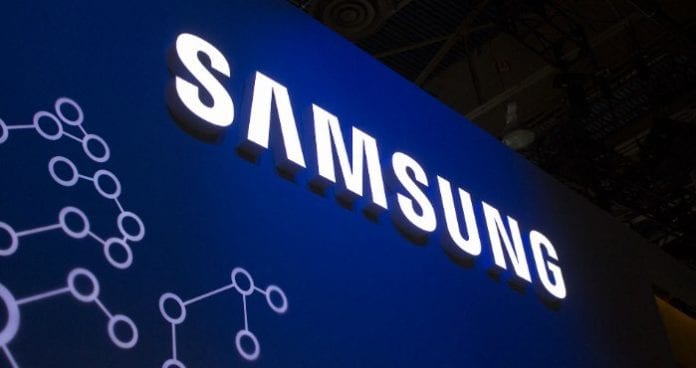Early movement on millimeter wave a component of 5G wins
Samsung is confirmed as a primary vendor for AT&T, Verizon and Sprint’s 5G deployment plans, and the Korean vendor also engaged with T-Mobile US on testing 5G equipment. With Samsung emerging as a major player for 5G carrier deals, RCR Wireless News spoke with two company executives to better understand what led to this wave of wins.
Derek Johnston, Samsung Electronics America’s head of networks marketing, said the company has had a long-term relationship with Sprint and has been supplying small cells to Verizon. “With the advent of 5G, it gave us a window of opportunity. We had taken an early bet on millimeter wave and put a lot of R&D resources into the belief that that spectrum was extremely valuable and, with the right use of technology, could be really leveraged.”
High-band, millimeter wave spectrum is a key part of Verizon and AT&T’s 5G launch plans. This year Verizon launched its 5G Home fixed wireless access service in four U.S. markets. The initial launch is based on the carrier’s Verizon Technical Forum standard, but will be upgraded to non-standalone 5G NR equipment as the company also works on mobile 5G in 2019. AT&T plans to deploy standards-based mobile 5G in a dozen markets by year-end followed by broader deployment next year.
For Verizon, Samsung is provided virtual RAN gear as well as home and outdoor routers. AT&T also announced Samsung as one of its 5G vendors, along with Ericsson and Nokia, and also said Samsung would supply CBRS gear. For Sprint, Samsung is supplying massive MIMO antennas the carrier is using in a split-mode that allows simultaneously support for LTE and 5G.
“Through our deliberate strategy of focusing on markets and customers that are data-centric and bleeding-edge on the technology side, U.S. operators saw us in other markets delivering features, functionality and scale that gave them pause to say, ‘These guys…can execute in major markets and deploy at scale.'”
To that scale point, Samsung was the single network partner for Jio, which launched a greenfield LTE network in India in 2017. Samsung provided more than 1 million LTE macro and small cells, EPC/MME/SAE core solutions, LTE broadcast systems and self-organizing network analyzers and optimizers. The operational aspects of the deployment amounted to more than 2,000 sites per week and more than 10,000 base stations per month.
Johnston’s colleague, Nivi Thadasina, Samsung Electronics America’s senior director of engineering for wireless networks, echoed the Jio point, saying it “clearly showed that not only can we deploy very advanced 4G technology but also with scale. There are a couple of things we’re seeing here in the U.S. that are helping on the momentum for Samsung. One is we were the first in terms of millimeter wave and we went through those iterations and got this technology ready.”
The second factor, Thadasina said, is an ongoing “shift towards openness, towards taking the existing cellular network and functionally decompose it into open interfaces. The U.S. operators are looking at Samsung as a well-suited vendor to partner with because we were one of the first ones to embrace it.”

